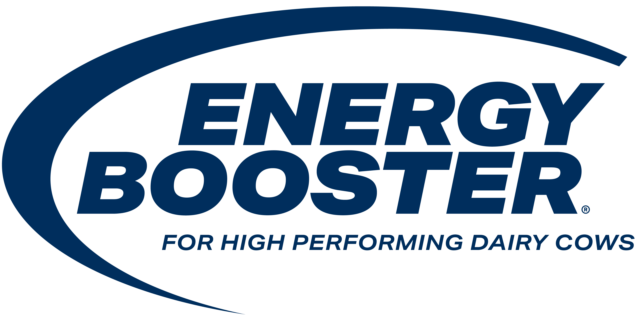to jump to the article. Summary: In a poll conducted January through March 2011, Progressive Dairyman asked readers whether the dairy industry, beef industry, veal industry or all three should be responsible for reducing the antibiotic residues. The results signified that this is not a dairy-versus-beef issue; this is an animal agriculture issue. See the results below. [Click here or on the image above right to see the full list of the Top 25 articles of 2011. Click here to see the list from 2010.]
ARTICLE

Progressive Dairyman readers overwhelmingly agree that all livestock producers are responsible for the safety and integrity of the food supply. This is not a dairy-versus-beef issue; this is an animal agriculture issue.
There is no room in the cattle industry for farmers and veterinarians who refuse to “play by the rules,” whether it be animal care, antibiotic use or environmental stewardship.
All cattle producers (beef, dairy and veal) must take the issue of residue violations in meat and milk seriously. We need to do a better job of keeping records and observing withholding times on cows and calves shipped to market.
The rules are changing rapidly and we can expect increased scrutiny of market cattle in the future.
What you can do:
1. Use antibiotics correctly.
Proper administration of antibiotics starts by talking to your veterinarian. Make certain antibiotics are necessary and that the correct product is being used. Always read the label carefully and follow directions closely.
A protocol developed with your veterinarian is the best way to be sure you are treating the right animals with the right antibiotics.
• Treat the fewest number of animals possible and withhold treated animals or animal products for the recommended length of time. If you are unsure of whether the treated animal has cleared the drug, contact your veterinarian or use a test for residues.
• Remember, providing an antibiotic in a different way than described on the label is an extra-label drug use and is prohibited except under the order of a licensed veterinarian with a valid Veterinarian-Client-Patient Relationship (VCPR).
• The proper use of antibiotics includes everything from knowing how to read and understand drug labels to proper injection practices. FDA-approved drugs fall into the following major categories:
• Veterinary prescription (Rx) drugs must be dispensed by or on the written order of a licensed veterinarian within a valid VCPR.
• Over-the-counter (OTC) drugs are available without a prescription if the label instructions are followed.
• Using drugs in a way that differs from the label is referred to as extra-label drug use. Extra-label drug use is prohibited except on the order of a licensed veterinarian with a valid VCPR. This is important because any use not listed on the label may require a longer withdrawal time.
2. Keep good records:
A good record system is essential and should include the following components:• Identification of all animals treated individually or by group
• Drugs used
• Dates treated – if more than once, include the first and last days of treatment
• Dosage used
• Route and location of administration
• Withdrawal time
• Name of the person who administered the product.
Here are the facts:
Roughly 90 percent of tissue residues in beef are from the dairy industry;
• 67 percent comes from cull cows; 23 percent veal.
• About 8 percent of all beef comes from cull dairy cows. Dairy-type cattle, including dairy steers, represent about 20 percent of U.S. beef produced.
Nationally: 93,997 dairy cows screened with the FAST test (suspect cows at slaughter)
• 926 (~1 percent) had drug resides.
• The most common causes of residues were penicillin and sulfadimethoxine, both available over-the-counter.
• Notably, there were many residues for flunixin (Banamine) in dairy cows as well.
• There were also many residues for gentamycin and neomycin, underscoring both that the aminoglycosides have essentially permanent residues in cattle and that they should not be used in food animals.

Ronald F. Eustice
Executive Director,
Minnesota Beef Council





